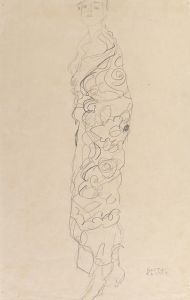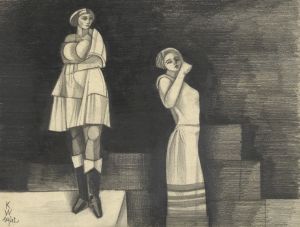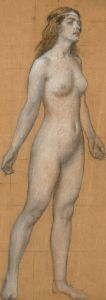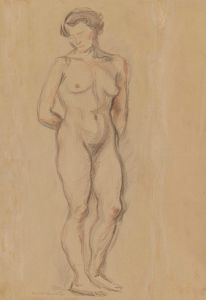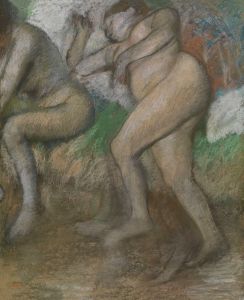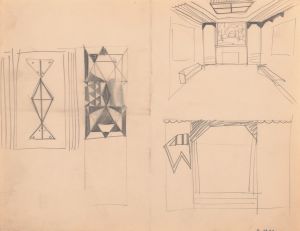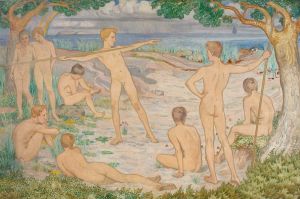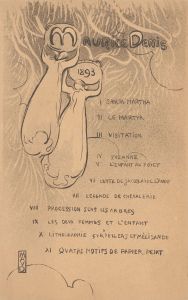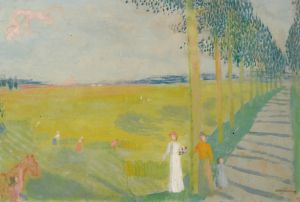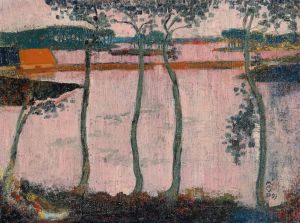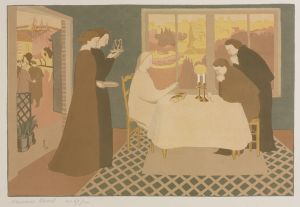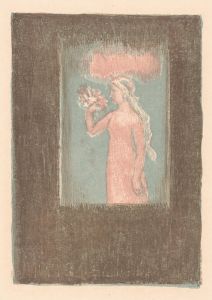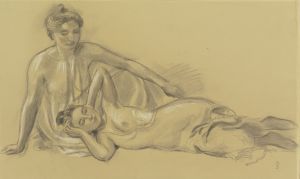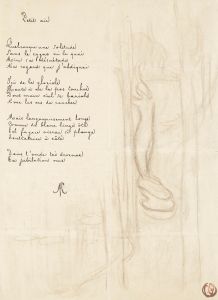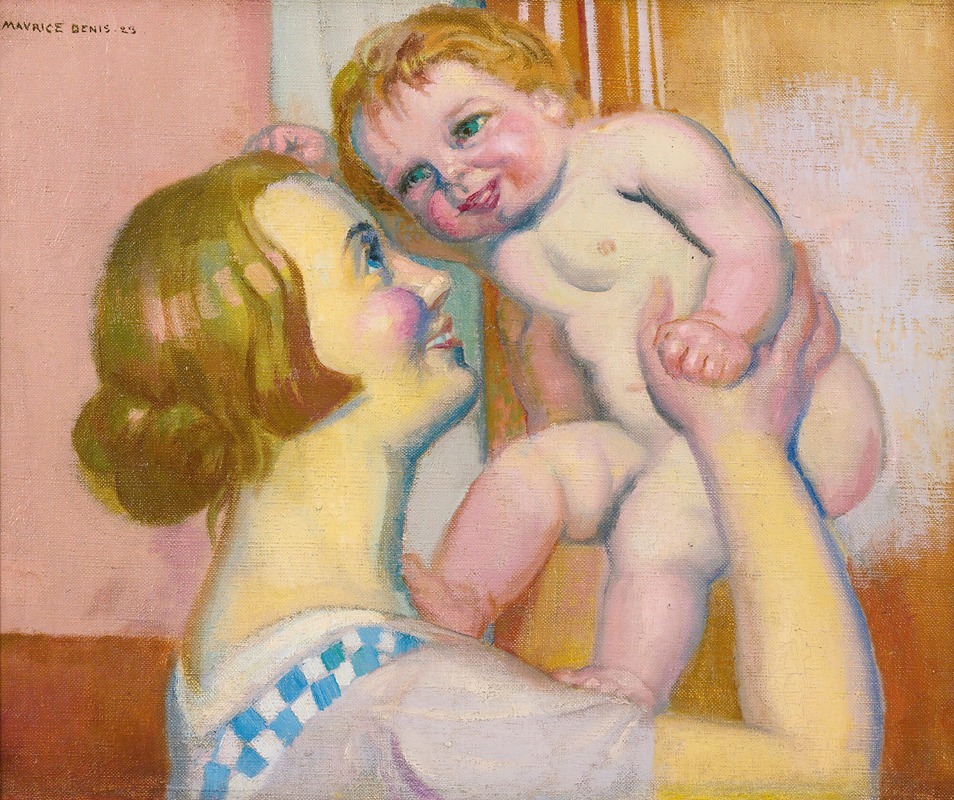
Enfant Nu Ou Annie Et Pauline
A hand-painted replica of Maurice Denis’s masterpiece Enfant Nu Ou Annie Et Pauline, meticulously crafted by professional artists to capture the true essence of the original. Each piece is created with museum-quality canvas and rare mineral pigments, carefully painted by experienced artists with delicate brushstrokes and rich, layered colors to perfectly recreate the texture of the original artwork. Unlike machine-printed reproductions, this hand-painted version brings the painting to life, infused with the artist’s emotions and skill in every stroke. Whether for personal collection or home decoration, it instantly elevates the artistic atmosphere of any space.
Maurice Denis was a prominent French painter and a key figure in the Symbolist and Nabi movements. His work often explored themes of spirituality, mythology, and the intimate aspects of domestic life. One of his notable paintings is "Enfant Nu Ou Annie Et Pauline," which translates to "Nude Child or Annie and Pauline." This painting exemplifies Denis's characteristic style, which blends elements of symbolism with a focus on decorative qualities.
"Enfant Nu Ou Annie Et Pauline" is a testament to Denis's interest in capturing the innocence and purity of childhood. The painting features two young girls, presumably named Annie and Pauline, depicted in a serene and intimate setting. Denis's use of soft, muted colors and gentle brushstrokes creates a tranquil atmosphere, inviting viewers into a private world of familial affection and tenderness. The composition is carefully balanced, with the figures harmoniously integrated into the surrounding environment, reflecting Denis's belief in the unity of form and content.
Denis was known for his theoretical writings on art, where he emphasized the importance of decorative elements and the expressive potential of color and line. In "Enfant Nu Ou Annie Et Pauline," these principles are evident in the way Denis uses color to convey mood and emotion. The palette is restrained yet rich, with subtle variations that enhance the overall sense of calm and introspection. The lines are fluid and graceful, guiding the viewer's eye across the canvas and reinforcing the sense of harmony.
The painting also reflects Denis's interest in religious and spiritual themes, although in a more subtle manner compared to some of his other works. The depiction of children can be seen as a symbol of purity and innocence, qualities often associated with spiritual ideals. This aligns with Denis's broader artistic vision, which sought to transcend the material world and explore deeper, more universal truths.
Maurice Denis was a founding member of the Nabi group, a collective of avant-garde artists who sought to break away from traditional academic art and explore new forms of expression. The Nabis were influenced by the works of Paul Gauguin and were interested in the symbolic and emotional potential of art. Denis's contribution to this movement was significant, as he helped to articulate its theoretical underpinnings and promote its ideals through both his paintings and writings.
"Enfant Nu Ou Annie Et Pauline" is a reflection of Denis's mature style, where he successfully integrates his theoretical insights with his artistic practice. The painting is not only a representation of a specific moment or scene but also an exploration of the deeper connections between form, color, and meaning. It stands as an example of how Denis's work transcends mere representation to evoke a sense of the spiritual and the eternal.
Overall, "Enfant Nu Ou Annie Et Pauline" is a significant work within Maurice Denis's oeuvre, illustrating his mastery of composition, color, and line, as well as his commitment to exploring the spiritual dimensions of art. Through this painting, Denis invites viewers to contemplate the beauty and innocence of childhood, while also engaging with broader themes of harmony and unity.





